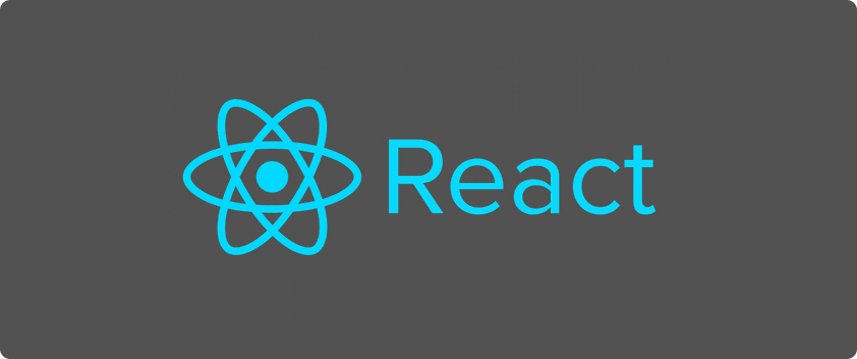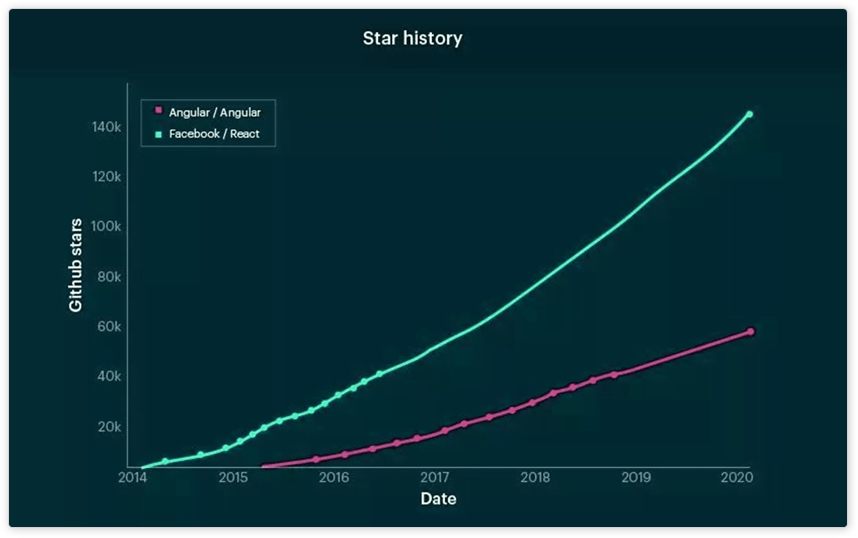
React is a front-end JavaScript library for creating user interfaces using UI components that is free and open-source. Meta and a community of individual developers and companies support it. React can be used to create single-page or mobile applications as a foundation.
Difference between ReactJS and React Native :
While Reactjs is essentially a JavaScript library and React Native is the whole framework, the former is the heart of the latter and the two function in tandem. If Reactjs is best for generating apps with a lot of functionality and sophisticated calculations, then React Native is best for giving your mobile apps a native feel.
| SNo | React JS | React Native |
|---|---|---|
| 1 | The ReactJS initial release was in 2013. | The React Native initial release was in 2015. |
| 2 | It is used for developing web applications. | It is used for developing mobile applications. |
| 3 | It can be executed on all platforms. | It is not platform independent. It takes more effort to be executed on all platforms. |
| 4 | It uses a JavaScript library and CSS for animations. | It comes with built-in animation libraries. |
| 5 | It uses React-router for navigating web pages. | It has built-in Navigator library for navigating mobile applications. |
| 6 | It uses HTML tags. | It does not use HTML tags. |
| 7 | It can use code components, which saves a lot of valuable time. | It can reuse React Native UI components & modules which allow hybrid apps to render natively. |
| 8 | It provides high security. | It provides low security in comparison to ReactJS. |
| 9 | In this, the Virtual DOM renders the browser code. | In this, Native uses its API to render code for mobile applications. |
Angular vs ReactJS Comparison
| Angular | ReactJS | |
|---|---|---|
| Founded | Founded by Misko Hevery | Founded by Jordan Walke |
| Release Year | 2009 | 2013 |
| Ideal For | Creating highly active and interactive web applications | Large web applications with frequently variable data |
| DOM | Real | Virtual |
| App Size | Relatively Small | Relatively Small |
| Performance | High | High |
| Dynamic UI Binding | Ul binding at plain object or property level | Direct linking of states to the Ul |
| Data Binding | Two-way | One-way |
| Learning Curve | Steep | Moderate |
| GitHub Stars | 41,871 | 113,719 |
| Opinionation | Considerably less opinionated | Flexible opinionation |
| UI Rendering | Client/Server side | Client/Server side |
| Price | Open source | Open source |
| What Should I Choose? |
|
|
Angular vs ReactJS
| When to choose AngularJS | When to choose ReactJS |
|---|---|
| HTML, CSS and JavaScript | Java, C# and previous version of Angular |
| Highly customized specific app | Large scale feature-rich app |
| App with multiple events | Ready to use solution and need high productivity |
| Creates sharable component in app | Regulate the app size |
React vs Angular Industries comparison

React vs Angular vs Vue Interest





Advantages of Angular
- The ability to develop clean code is provided.
- Improved efficiency
- Material Design-inspired interface
- Switching from one view to another is simple with an angular framework that can manage routing.
- Seamless Updates with Angular CLI
Disadvantages of Angular
- An angular feature can be perplexing to newcomers.
- There is no comprehensive, all-encompassing documentation or a clear handbook.
- There is a significant learning curve.
- Scope debugging is challenging due to limited routing.
- Angular might become slow when pages have interactive elements.
- Third-party integration is exceedingly difficult.
- Upgrading from an older version to a newer version can cause a number of issues
Advantages of React
- It is simple to learn due to its simplistic design.
- Templating and detailed documentation are both possible because to the HTML-like syntax.
- Developers can focus on writing contemporary JavaScript instead of worrying about framework-specific functionality.
- Enhance server-side rendering, giving it a more stable foundation for content-centric apps.
- You can switch between versions of React.
- Facebook has a "codemod" option that automates a lot of the procedure.
- ReactJS is suitable for managing enormous loads with relative ease when combined with ES6/7, and ReactJS abilities may be translated to Native programming.
Disadvantages of React
- Using Reacts with a traditional MVC framework like Rail requires a lot of configuration.
- ReactJS users must have a solid understanding of how to connect a user interface with the MVC framework.
Conclusion
Choosing the right framework might be tough because there are so many to choose from, each with its own set of qualities. We felt the same way when we first chose Vue.js to develop the app and now that we're looking into Angular. When it comes to deciding between Angular and React, I feel it boils down to personal preference, as they both address the same issues in different ways.
When choosing between the two, keep in mind that React has a lower learning curve, allowing for speedier development, whereas Angular has more built-in functionality but is less stable. When I say stable, I'm referring to the fact that if a feature isn't built in, it's either difficult to deliver or impossible to work around. I give React the upper hand.
Both technologies are quite powerful, and they represent a huge leap in terms of improving, enabling, and speeding up development compared to the early days of web programming.












